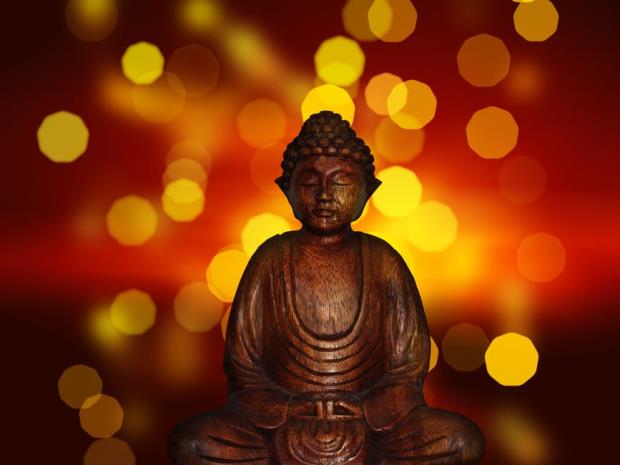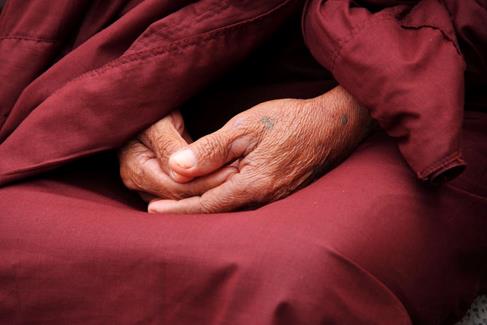The explanation of meditation is: a state of deep peace that occurs when the mind is calm and silent. Easy, right?!
Meditation is the practice of venturing within and therefore should not require external help or stimuli.
However, this may not exactly be the case when first getting started (or even when you’ve been doing it a while); we sometimes find a little help is required to get into the pattern and gain greater understanding of meditation techniques.
Once a regular practice is in motion often no external help is required at all and you can switch in and out of a deep relaxed state anytime anywhere!

Types of Meditation
When looking up Meditation types and styles (chat with Mr. Google he knows a lot) you will find that the amount can be quite overwhelming! Which, when you think about is exactly what we are trying to rid ourselves of, OVERWHELM.
There are styles to transcend you into enlightenment, types based on heart rhythm and then there is mindfulness… Sometimes a fashionable buzz word (I use it all the time) Mindfulness is a choice, a mental state achieved by focusing one’s awareness on the present moment, while calmly acknowledging and accepting one’s feelings, thoughts and bodily sensations and is used as a therapeutic technique.
This is why we are talking about it today! Health is more than the food we put in our mouths (however, that’s still very
important). And Mindfulness is a great way to aid in controlling the parasympathetic nervous system and chemical messengers (neurotransmitters) within our body.
ANXIETY be gone…

What is the parasympathetic nervous system (PNS) and what role does it have to play in our daily lives?
Ok, let’s talk body science! The parasympathetic nervous system is one section of the Autonomic Nervous System that is related to involuntary reaction and looks after things like our heart health, glandular activity and gut function and aids in keeping us (yes, our brain and thinking) and our muscles relaxed.
It is often referred to as the ‘Rest and Digest’ nervous system.
When we are stressed our brain’s alarm system goes off and we shift from parasympathetic to the sympathetic nervous system. Ready to fight or fly!
Our body shuts things down such as our digestion which cancels out our positive neurotransmitter production (happy chemicals), this can in turn keep added and unnecessary inflammation in our bodies, our heart rate goes up, we feel ‘wired but tired’ and we are ready to run from a woolly mammoth. Problem is they don’t exist anymore and yet this chemical trigger is still happening to us. We may stress about different things but our body just can’t tell the difference.
When we can activate or call on our parasympathetic nervous system more often through practices such as Mindful meditation we gain greater long term health benefits and no longer live in a state of constant stress.
How does Meditation activate the PNS and what are the effects?
Through the mindful slowing of our breath, the slowing of our heart rate and deliberate gaze within; we can trick our body into moving out of our busy-life active fight or fly sympathetic nervous system and move to our parasympathetic nervous system ready to rest, digest and heal.
We can actively use these techniques of Mindful meditation to move away from anxiety, tension, fatigue and depression by stepping away from the outside world and turning our focus within.
Meditation enhances breathing, increases oxygen uptake, improves nutrient flow, improves circulation and in turn promotes a highly-relaxed state.

Through the regular practice of meditation (and switching on of the PNS) we begin to make the transition to a more relaxed state. One that becomes easier to find on a regular basis and sets us up to stepping out of fight or fly and into calm and healing.

Now, some helpful ideas to try…
✓ At home make an altar or space where you can sit quietly and dedicate the time and place specifically to meditation practices. Often having that dedicated area helps put energy into the practice and makes entering a calm and relaxed state easier as you subconsciously know sitting at your altar means inward focus time.
✓ Download an App. These days there are many great App’s dedicated to the practice of meditation and the establishment of a regular practice. One such App is Headspace. This App starts a person off slow and easy, with shorter time frames until inward reflection becomes a little easier and the time just flies.
✓ Regular routine often sets a person up for success. We all have busy lives these days but one thing every day has in common is we get up out of bed and we go back to bed! Sitting for 5 minutes at the beginning of the
day and at the end is a great way to start and establish a meditation practice.
✓ Try lying with your legs up a wall. This changes the blood flow of the body and in turn can bring about a state of calm without doing much at all.
Summary:
Try not to think too hard or stress too much on your Meditative practice. This will defeat the purpose. Start easy, do what you can as often as you can and try to build to a regular practice that way! And remember if your mind wanders, that’s ok, you are only human after all!
Check-out this week’s recipe for Stir fry lean beef with seasonal veggies and brown rice noddles

